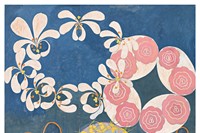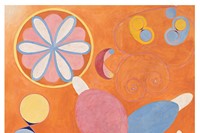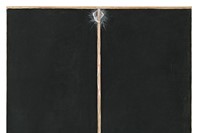Hilma af Klint conducted séances, communed with spirits, and founded abstraction long before her male contemporaries would take credit for it, a new exhibition reveals
Who? A female painter, a pioneer of abstract art, a spiritualist and a dedicated believer in the occult: Swedish artist Hilma af Klint was nothing if not before her time. To the outside world, she spent her life creating a series of unexciting portrait and landscape paintings which challenged neither her own talent, nor the academy, working out of a Stockholm studio next door to the Swedish Association of Painters. By night, however, she conducted séances as part of a secret assembly of five woman painters who named themselves 'The Five,' taking commissions from a spirit she named Amaliel, one of her so-called ‘High Masters’, and seeking oneness of the soul in the colour green. Perhaps most extraordinarily of all, Af Klint experimented in, and ultimately founded, the geometric and colourful abstraction that would be attributed to male founders Wassily Kandinsky, Piet Mondrian and Kazimir Malevich many years later.
Recognising that the world was not ready for her belief in the occult, she worked in complete isolation from the European avant garde, and included a clause in her will that stipulated that not a single item from her 1,000 piece estate be shown until 20 years after her death. She was correct in her estimation: although Af Klint wasn’t alone in her fascination with spiritualism – her male contemporaries, too, made work influenced by the occult – when her sprawling archive was offered to the Moderna Museet in 1970 it was dismissed as trivial. Her work was not to be shown publicly until 1986, and even now, never-before-seen pieces are going on display.
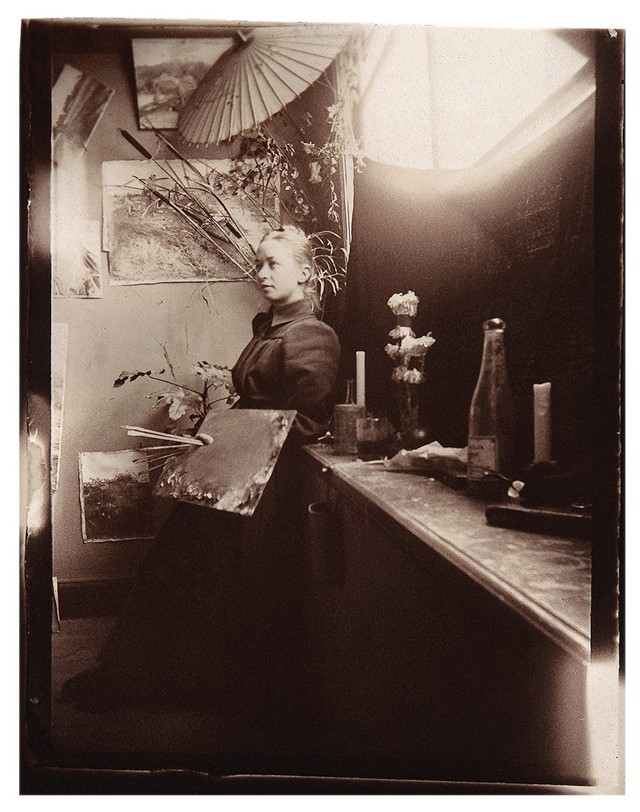
What? It was not long after her graduation from the Royal Academy of Fine Arts in Stockholm in 1887 that Af Klint took up her studio in the city, and became affiliated with ‘The Five’, or ‘De Fem’ – a group of five woman artists who met privately in each other’s homes to seek communication with mystic beings they named the ‘High Masters’. Conducting séances and creating automatic drawings, they communed regularly with these spirits, and in 1905 Af Klint received a personal commission from a figure The Five named Amaliel.
Thereafter, Af Klint began her most important and extensive body of work. Entitled The Paintings for the Temple, it consisted of 193 abstract paintings which were divided up into groups and subgroups, and which made references to contemporary developments in the worlds of science and religion, from the discovery of electromagnetic waves to the teachings of spiritual philosopher Rudolf Steiner, who mentored Af Klint, and whose code of symbols and motifs add a means of understanding her work.
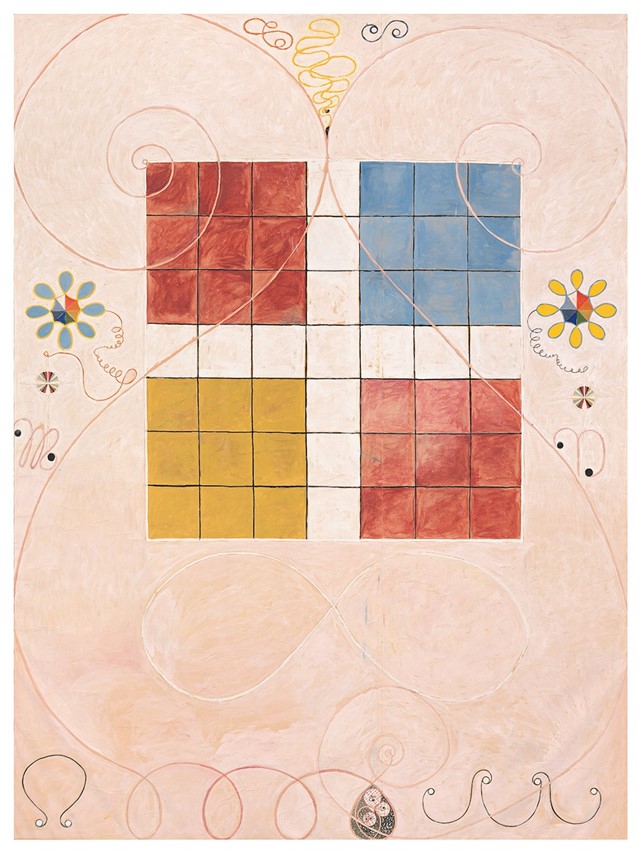
“Af Klint’s many notebooks, which expound and elaborate on the sometimes enigmatic symbology of her work, offer a codex to this system,” Daniel Birnbaum and Emma Enderby write in their essay Painting the Unseen, in the catalogue to the Serpentine Gallery’s new exhibition. “Logarithmic spirals and tendrils represent evolution; the letter ‘U’ stands for the spiritual world, opposing ‘W’ for matter; the ancient vesica piscis (the intersection of two overlapping discs) signifies its traditional theme of unity, creation and the inviolability of geometry. The colour yellow and roses stand for masculinity; the colour blue and lilies denote femininity.” With this complex language of colours and symbols, Af Klint's work becomes instantly more readable. It was a pursuit for “oneness”, the pair continue: in it, green represents the merging of yellow and blue, or male and female, or good and evil, becoming the ultimate aim.
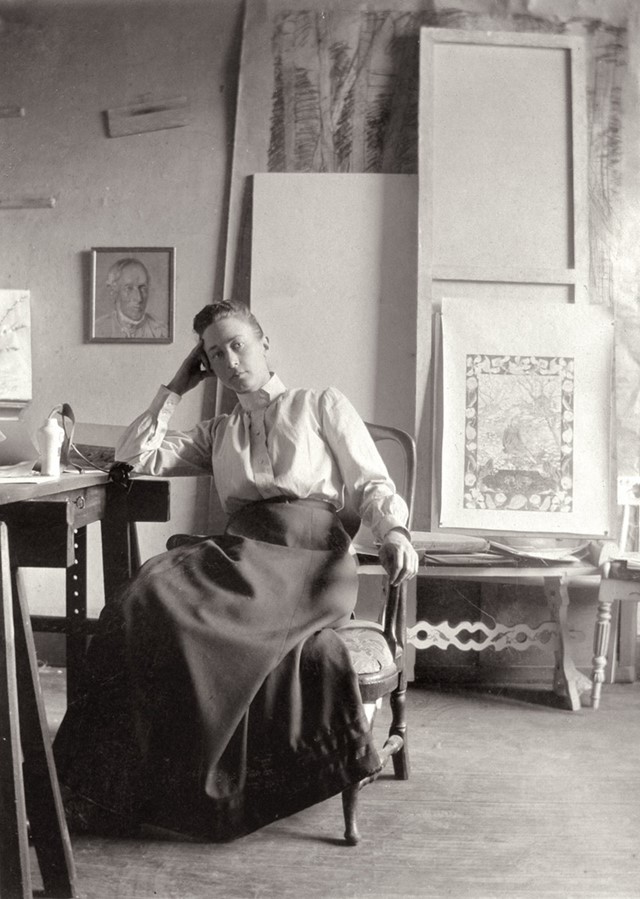
Why? After almost 100 years of being overlooked by the establishment, Af Klint’s work was finally shown to the masses in 1986 – a tender and fluid, emotional and poignant code of colours, shapes, symbols and forms. Now The Paintings for the Temple comes to London in a new exhibition at London’s Serpentine Gallery. “Hilma Af Klint is a pioneer of abstract art and the earliest artist we have ever exhibited at the Serpentine,” Serpentine directors Julia Peyton-Jones and Hans Ulrich Obrist say. The show includes a number of never-before-seen recently restored works, and forms an englightening and admiring homage to the late artist, whose work was has been too long overlooked.
Hilma af Klint: Painting the Unseen runs from March 3 until May 15, 2016 at the Serpentine Gallery, London.

